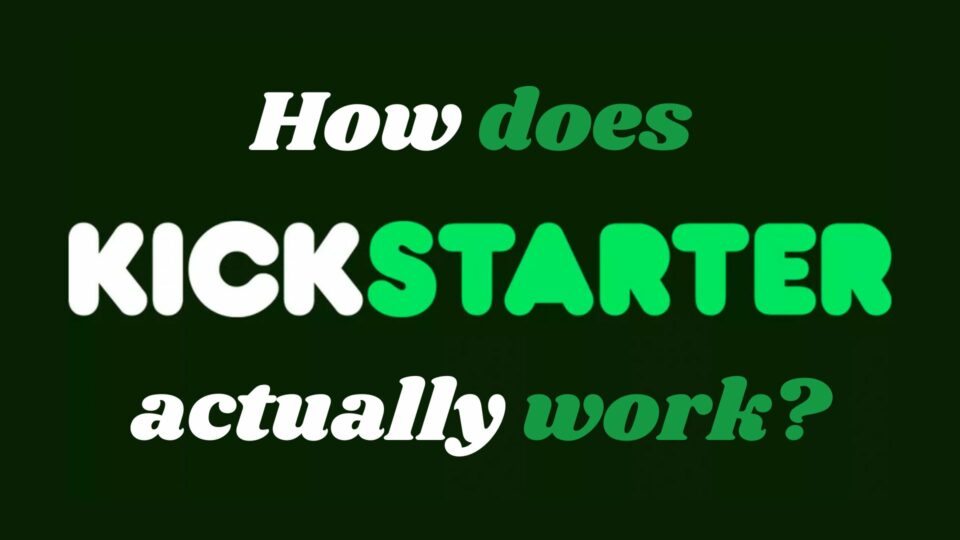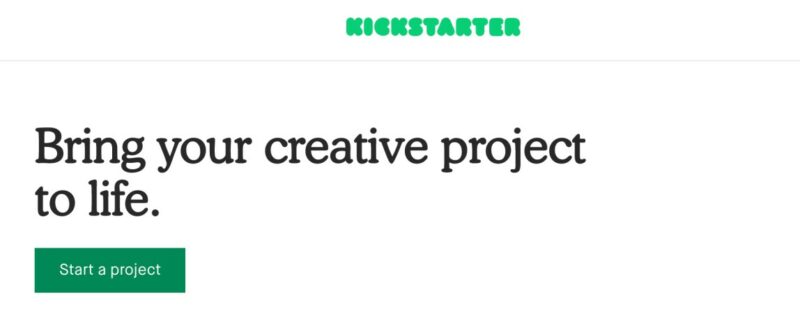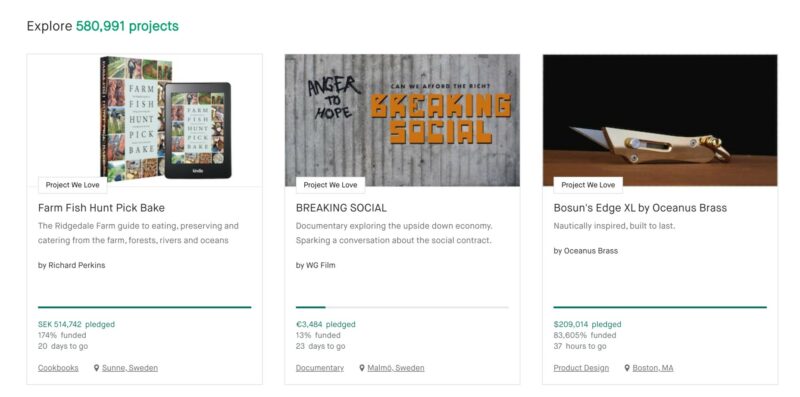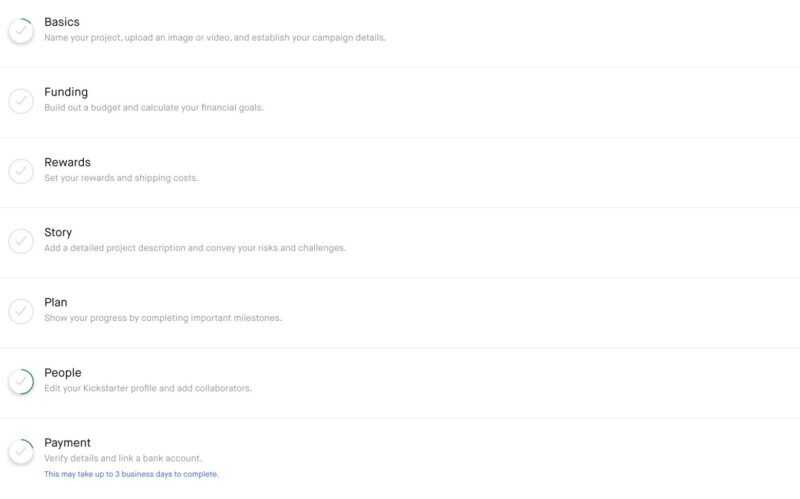At Times International, we’re all about the money! Honestly, we don’t talk about anything else more than how you can earn money through different platforms. This time it’s no exception and we’re moving on to a new topic that is crowdfunding.
Crowdfunding has become an increasingly popular way for entrepreneurs and creative individuals to fund their projects and turn their dreams into reality. One platform that has played a significant role in this trend is Kickstarter.
Founded in 2009, Kickstarter is a global crowdfunding platform that allows individuals and organizations to pitch their creative ideas, seek funding from the public, and bring their projects to life.
In this article, we will explore what Kickstarter is, how it works, and why it has become a go-to resource for creators and investors alike.
We’ll also examine some of the most successful projects to come out of Kickstarter and how they have impacted various industries.
What is Kickstarter?
Kickstarter is a crowdfunding platform that allows individuals and organizations to raise money for their creative projects. This means that if you have an idea for a creative project that you want to bring to life but don’t have the funds to do so, you can use Kickstarter to fundraise from a large group of people who believe in your idea and want to support it.
To use Kickstarter, you first need to create a project page that explains what your project is, how you plan to bring it to life, and how much money you need to make it happen. You can also include rewards for backers who contribute to your projects, such as early access to the finished product, exclusive merchandise, or other perks.
Once your project page is live, you can start promoting it to your network and on social media to attract backers. If people are interested in your project, they can contribute money to your campaign in exchange for the rewards you’ve offered.
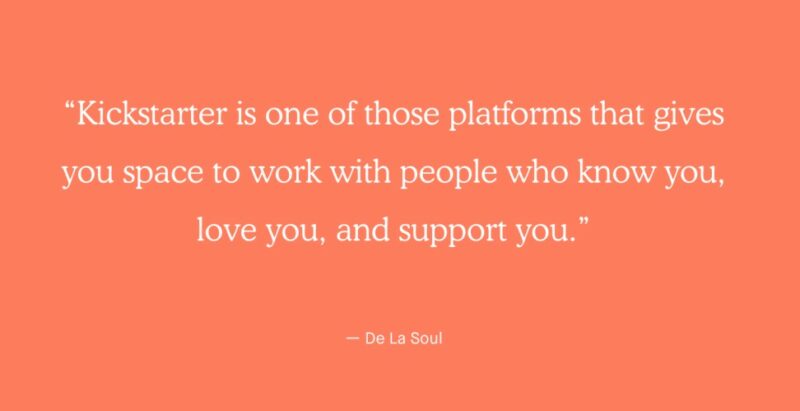 Kickstarter collects the funds from your backers and, if your project reaches its funding goal by the end of the campaign, the funds are released to you to bring your project to life.
Kickstarter collects the funds from your backers and, if your project reaches its funding goal by the end of the campaign, the funds are released to you to bring your project to life.
It’s important to note that Kickstarter operates on an all-or-nothing model, which means that if you don’t reach your funding goal by the end of the campaign, you won’t receive any of the funds raised. This is meant to incentivize creators to set realistic funding goals and work hard to promote their campaigns to reach their goals.
Kickstarter has been used to fund a wide range of creative projects, including films, music albums, video games, art installations, and more. It’s a powerful tool for creators who want to bring their ideas to life and connect with a community of supporters who believe in their vision.
How do you get started with Kickstarter?
To use Kickstarter, you first need to create a project page that explains what your project is, how you plan to bring it to life, and how much money you need to make it happen. You can also include rewards for backers who contribute to your projects, such as early access to the finished product, exclusive merchandise, or other perks.
Once your project page is live, you can start promoting it to your network and on social media to attract backers. If people are interested in your project, they can contribute money to your campaign in exchange for the rewards you’ve offered.
Kickstarter collects the funds from your backers and, if your project reaches its funding goal by the end of the campaign, the funds are released to you to bring your project to life.
How can you get your first funding for Kickstarter?
Before diving in, it’s important to understand how Kickstarter works and what you can expect from the platform. As I mentioned earlier, Kickstarter is a crowdfunding platform that allows individuals and organizations to raise money for their creative projects. Kickstarter is not a store, and backers are not buying products – they are supporting your project and helping you bring it to life. It’s important to keep this in mind as you plan your project and set your funding goal.
Kickstarter also operates on an all-or-nothing model, which means that if you don’t reach your funding goal by the end of your campaign, you won’t receive any of the funds raised. This is meant to encourage creators to set realistic funding goals and work hard to promote their campaigns to reach their goals.
Determine if Kickstarter is right for your project
While Kickstarter is a great platform for many types of creative projects, it’s not the right fit for every idea. Before creating a campaign, consider whether your project fits within Kickstarter’s guidelines and whether you have a clear plan for how you will bring your idea to life.
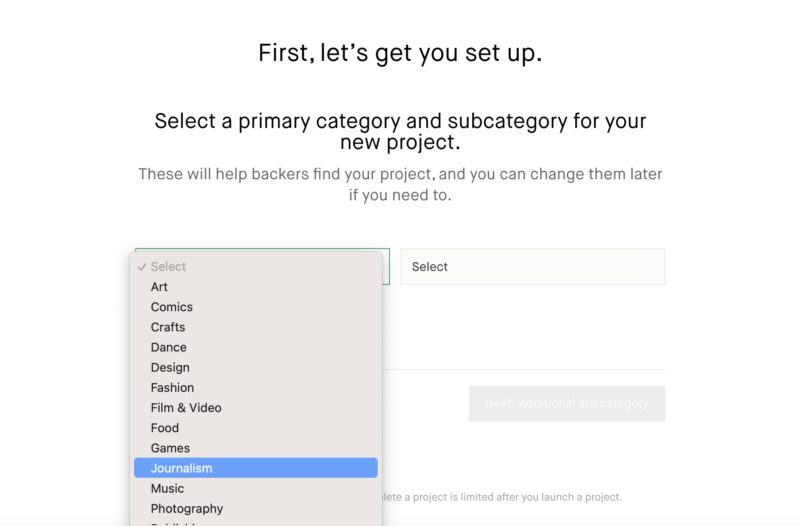 Some types of projects that are well-suited for Kickstarter include:
Some types of projects that are well-suited for Kickstarter include:
- Creative projects such as films, music albums, art installations, and video games
- Products that are unique, innovative, or have a strong design element
- Events such as festivals or conferences
- Music and podcast series
- Journalism and content writing
How do you Plan your Kickstarter project?
Once you’ve determined that Kickstarter is a good fit for your project, it’s time to start planning. This includes defining your project, setting your funding goal, and creating rewards for backers.
Define your project: Your project page should clearly explain what your project is, how you plan to bring it to life, and why it’s important. This is your chance to get potential backers excited about your idea and convince them to support you.
Set your funding goal: Your funding goal should be the minimum amount of money you need to bring your project to life. It’s important to set a realistic goal that takes into account all of the expenses associated with your project, including production costs, rewards, and fees.
Create rewards: Backers are motivated by rewards, so it’s important to create enticing rewards that will encourage people to contribute to your campaign. Rewards can include early access to your product, exclusive merchandise, or other perks.
How can you create your first Kickstarter campaign?
Once you have a clear plan for your project, it’s time to create your campaign on Kickstarter. This involves setting up your project page, creating your rewards, and setting your funding goal and campaign timeline. As a test campaign, I’ve designed funding for a 3D printing project as you can see below.
Some key elements of your campaign page should include (and I have not filled out yet the following:)
- A clear and compelling headline
- A video or other visual content that explains your project
- A detailed description of your project, including how the funds will be used
- Information about you and your team
- A breakdown of your rewards and their value
- Your funding goal and campaign timeline
How do you promote your Kickstarter campaign?
With your campaign page set up, it’s time to launch and promote your campaign. This involves spreading the word about your project to your network and on social media and engaging with your backers throughout your campaign.
Some tips for promoting your campaign include:
Email Marketing
Email marketing is another effective way to promote your Kickstarter campaign. Start building an email list before you launch your campaign, and send out regular updates to keep your subscribers engaged. Make sure your emails are visually appealing, easy to read, and include clear calls to action.
You can also consider running an email marketing campaign to reach new subscribers. Create a lead magnet, such as a free e-book or guide, and offer it to people who sign up for your email list. This can help you attract new subscribers and build your audience.
Leverage your network:
Reach out to friends, family, and colleagues and ask them to support your campaign and share it with their own networks.
Use social media

Social media is an incredibly powerful tool for promoting your Kickstarter campaign. Create social media accounts for your project on platforms like Facebook, Instagram, Twitter, and LinkedIn. Use hashtags to increase your reach, and post regularly with engaging content, such as images and videos.
You can also consider running social media ads to reach a wider audience. Facebook and Instagram ads, for example, can be highly targeted, allowing you to reach people who are interested in similar projects or products.
Create a Compelling Story
Your Kickstarter campaign needs to tell a compelling story that resonates with your audience. This includes creating a video that showcases your project and explaining why it’s important to you, and your community and how it solves problems. Passion adds intangible value to your project!
You should also create images, graphics, and other visual elements that help bring your project to life. Use storytelling techniques to make your project relatable and emotionally engaging.
Offer Attractive Rewards
Your rewards are a critical part of your Kickstarter campaign, and they should be attractive and relevant to your project. Offer rewards that are valuable and unique, and make sure that they are clearly explained on your Kickstarter page.
Consider offering limited edition rewards or exclusive experiences that are only available to backers of your campaign.
Provide Regular Updates

Providing regular updates is essential for keeping your backers engaged and excited about your project. Make sure to provide updates on your progress, share photos and videos, and let your backers know how their support is making a difference.
Regular updates also help build trust with your audience and demonstrate that you are committed to delivering on your promises. Things that impact your work and how your work solves different issues can highlight your project’s importance
Engage With Your Backers
Engaging with your backers is essential for building a sense of community around your project. Respond to comments and messages quickly, and take the time to thank your backers for their support. Consider offering Q&A sessions or other opportunities for your backers to interact with you and ask questions about your project.
Use Paid Advertising
While building an organic audience is important, paid advertising can also be an effective way to promote your Kickstarter campaign.
Consider using social media ads or other online advertising channels to reach a wider audience and generate more interest in your project. Launch a PPC campaign or hire someone to help you out to spread the word about your project and how it supports others.
Partner with Influencers

Partnering with influencers can help increase your visibility and reach. Look for projects that align with your values and goals and reach out to them about cross-promotion opportunities. Consider offering each other exclusive incentives or rewards for your backers.
Influencers have a large and engaged audience on various platforms and the credibility to get people’s attention. By sharing your campaign with their followers, influencers can help spread the word about your project and generate more interest and support.
Influencer marketing is effective because it relies on authentic content that resonates with the influencer’s audience. When an influencer shares your campaign with their followers, they will typically create their own content around it, such as a review, recommendation, or personal story. This type of content is more likely to be shared and engaged with than traditional advertising.
Lastly, it is a cost-effective way to promote your Kickstarter campaign. While some influencers may charge a fee for their services, many will be willing to promote your campaign in exchange for a free product or an exclusive reward. This can be a more affordable option than traditional advertising channels, which can be expensive.
Conclusion
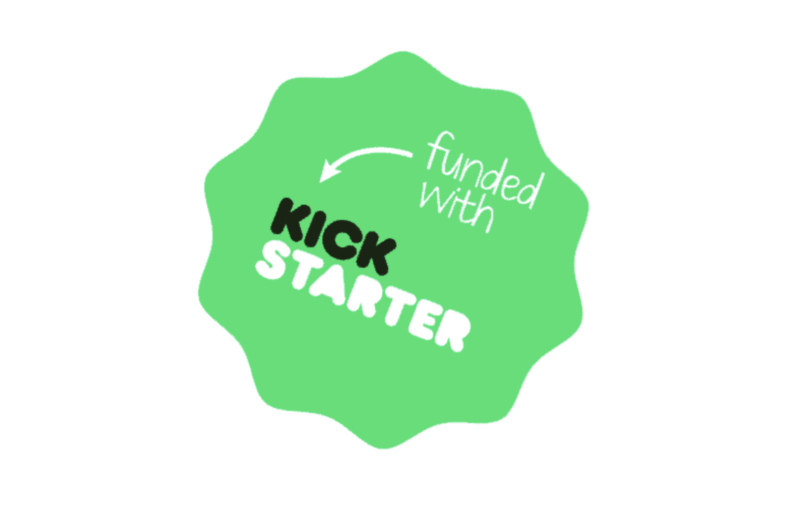 In conclusion, Kickstarter has revolutionized the way entrepreneurs, artists, and innovators bring their ideas to life by democratizing the funding process and providing a platform for them to showcase their vision to the world.
In conclusion, Kickstarter has revolutionized the way entrepreneurs, artists, and innovators bring their ideas to life by democratizing the funding process and providing a platform for them to showcase their vision to the world.
Through its community-driven approach, Kickstarter has enabled individuals and organizations to create a diverse range of projects, from cutting-edge technology to art installations, that may have otherwise never been possible. With its success and impact on various industries, it’s clear that Kickstarter has transformed the way we think about innovation and creativity.
As the platform continues to evolve and inspire a new generation of creators and investors, we can expect to see even more groundbreaking ideas come to fruition thanks to the power of crowdfunding.
